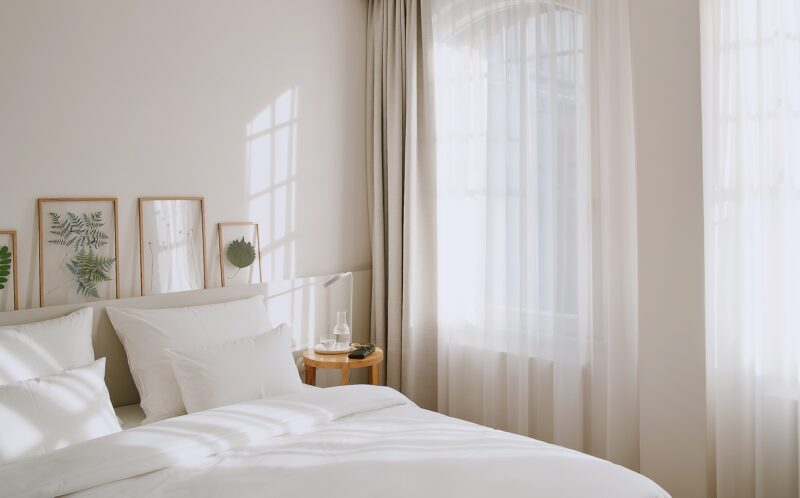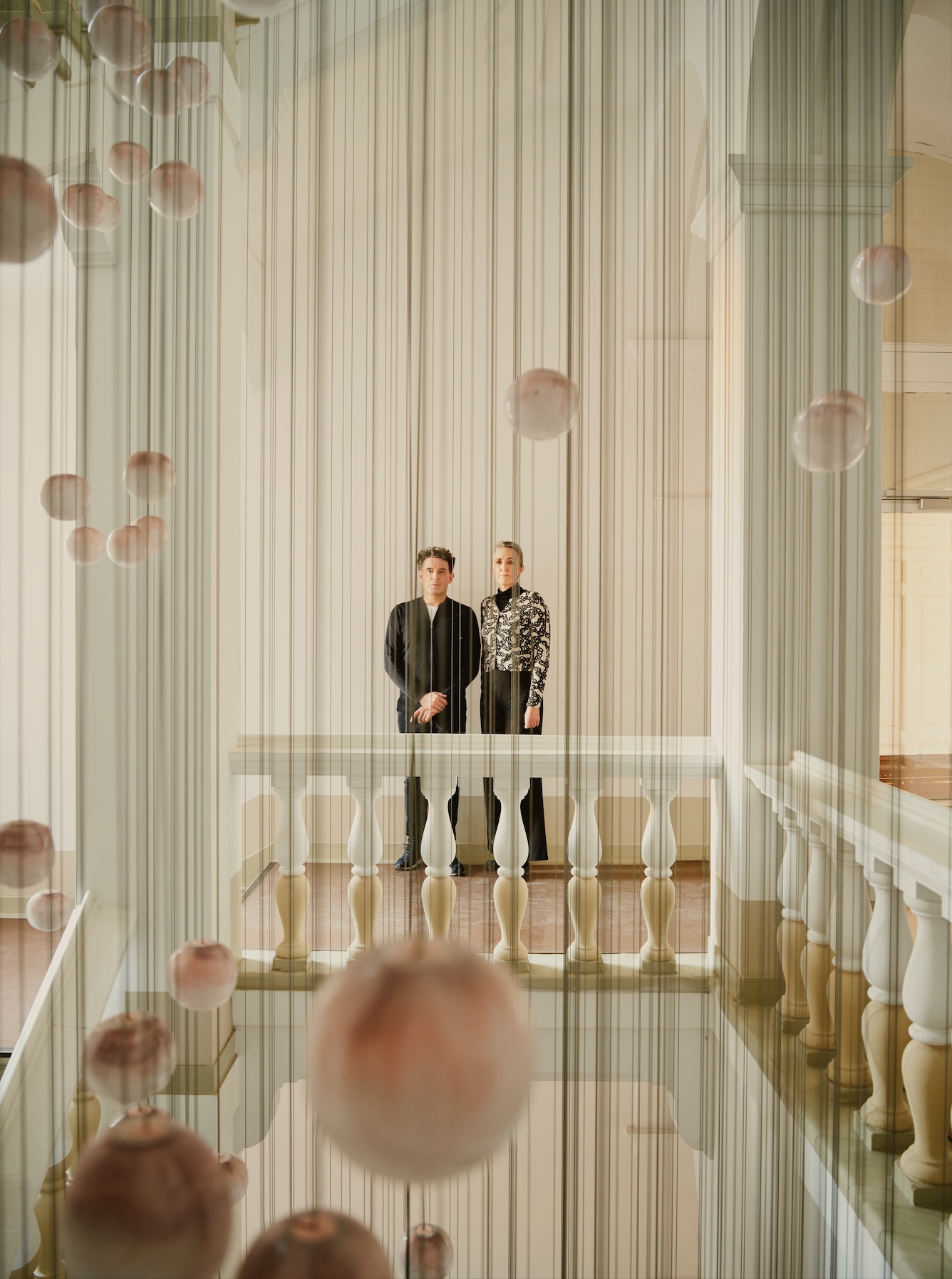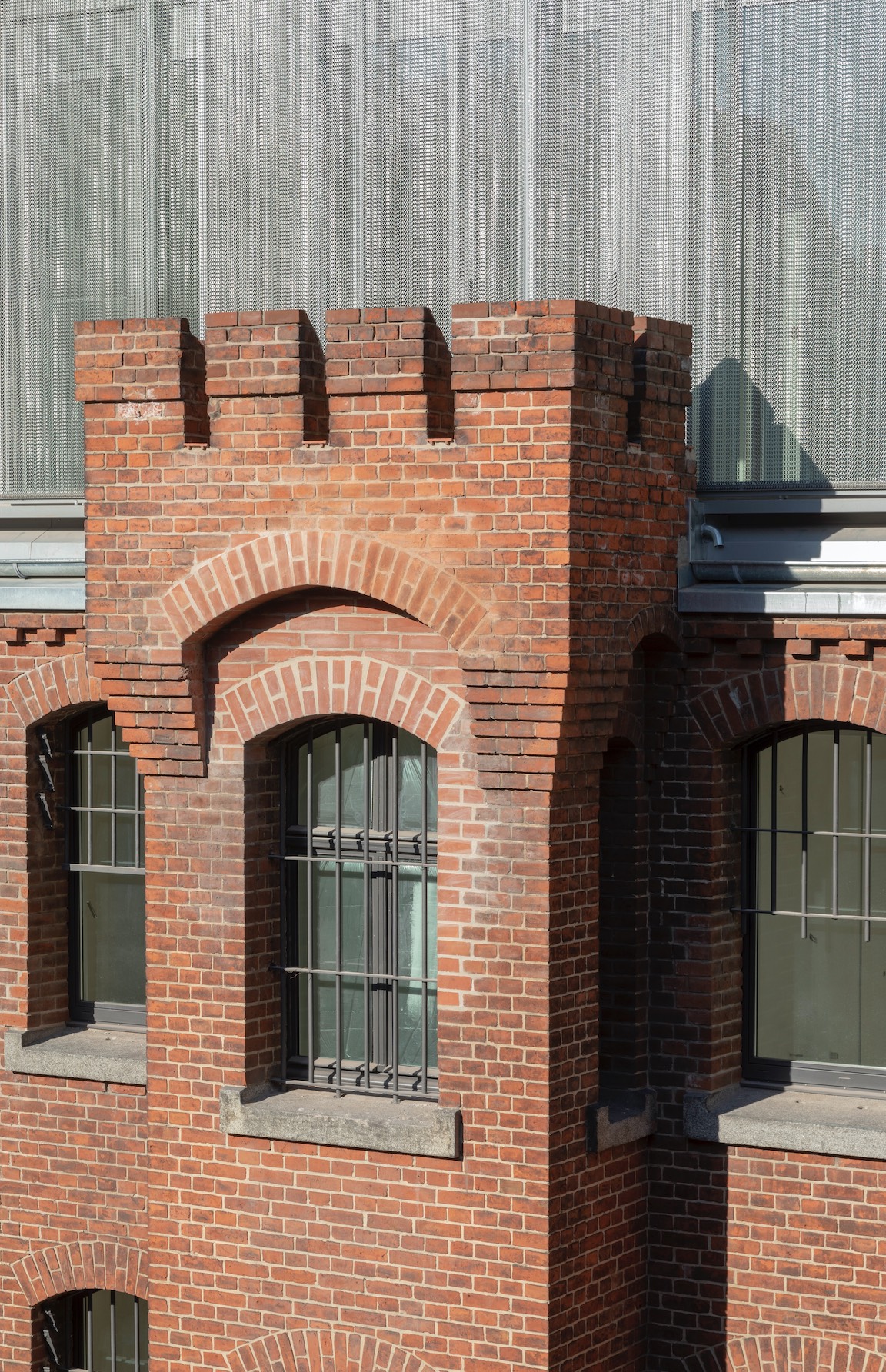
It’s no crime to covet luxury. Step into one of the 44 warm and welcoming rooms at the Wilmina in Berlin’s Charlottenburg and you will be begging reception to lock you up and throw away the key
Built in 1896, this rambling four-storey structure was one of the first buildings on Berlin’s now famous and bustling Kantstrasse. Built as a women’s prison, it finally closed in 1985. Eventually, architects Armand Grüntuch and Almut Grüntuch-Ernst fell in love with the property and embarked upon an ambitious rehabilitation programme to transform it into a boutique hotel, Hotel Wilmina, with an accompanying cultural centre and restaurant, Lovis.
One of the first things the architects sought to remove were the bars. “It’s an impulse reaction: you don’t want to be behind bars if you’re staying somewhere voluntarily,” says Almut Grüntuch-Ernst. During the subtraction process, though, through which Grüntuch Ernst Architekten extracted chunks of the façade to double the size of the windows, the architects realised the bars’ value. “Since they’re not obstructing the view when you look through the windows, we decided to keep them. It’s one example of our design dialogue with the building.”

Another is the way the architects altered its spatial configuration. “Daylight and visual connections are very important,” adds Grüntuch- Ernst, “because neither were provided to the prison inmates. We had to totally redefine these.”
The Wilmina’s smallest rooms, made by merging two former cells together, are a snug 11sq metres, with a double bed set in a raised, recessed alcove. Classic rooms, meanwhile, comprise three former cells, and some have direct connections to smaller rooms, making them well suited to families.
Reminders of the building’s history rub up against the new, Scandinavian-inspired interiors. The rooms still feature old cell doors, which provide a dash of judicial menace to balance the bright white walls, Agape bathtubs, Coco-Mat beds and crisp linens – a little reminder of danger to heighten the luxury.

As well as doubling the size of the windows, Grüntuch Ernst enlisted Bocci, a Vancouver-based lighting studio, to help dispel the gloom. The rooms feature Bocci’s Series 28 table lights but it’s in the grand, glass-ceilinged atrium where its light fixtures truly shine. Suspended from a metal grid installed in place of a traditional ceiling, 60 individual Series 14 pendants hang at various heights. “Before, when you entered the atrium, it made you feel small and intimidated,” says Grüntuch-Ernst. “Now, the spatial configuration of the atrium remains untouched but, because of the light installation, you lift your head and approach the space in a different way.”
The Wilmina’s most extravagant room is the Garden Loft, set in the former church assembly room, which has a fully equipped kitchenette and large living space. Two penthouse suites occupy the newly added fifth floor. Their floor-to-ceiling glass façades are shielded by rippling, fine metal- chain curtains, which provide privacy and protection from the sun.

The Lovis restaurant and bar, which features Bocci’s pleasingly bulbous Series 57 lights and custom Bernhard Müller fittings, is based in a small connecting building built in the former prison courtyard using bricks removed from the façade. Here, chef Sophia Rudolph serves traditional dishes reinterpreted in a modern style.
But to reach the Wilmina, guests must first pass through the Amtsalon. Based in the 19th-century former courthouse built alongside the prison, the four-floor space hosts the hotel reception, as well as rooms for events, company conventions, exhibitions and more. Since the buildings were erected, the city has sprung up around them, encasing the prison inside a block. As a result, the hotel and its lush gardens are far removed from the bustle of Berlin. First-time guests, says Grüntuch-Ernst, are often stunned by the stillness.
It’s this quietude – almost otherworldly on the Kantstrasse – that will keep visitors coming back to the Wilmina time and again. The comfortable rooms, communal rooftop terrace and pool, sauna, gym and library might have something to do with it too. This is one luxury hotel you won’t want to escape.
Images by Robert Rieger
This story was originally featured in OnOffice 165, Winter 2023. Discover similar stories by subscribing to our weekly newsletter here

























